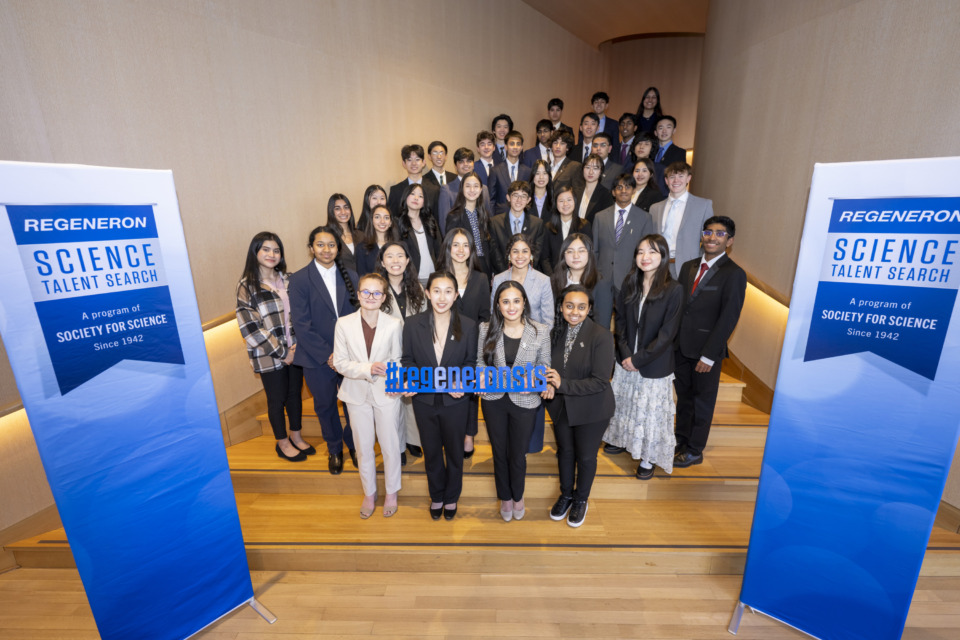Regeneron Science Talent Search finalists “spring forward” into the Public Exhibition of Projects
As the clocks sprang forward Sunday morning, Regeneron Science Talent Search finalists woke up early for one of the most…

Gayle Kansagor
gkansagor@societyforscience.org
(202) 872-5103
Aparna K. Paul (she/her)
apaul@societyforscience.org
(781) 375-8353
Kevin Easterly
keasterly@societyforscience.org
Chyna Vargas
cvargas@societyforscience.org